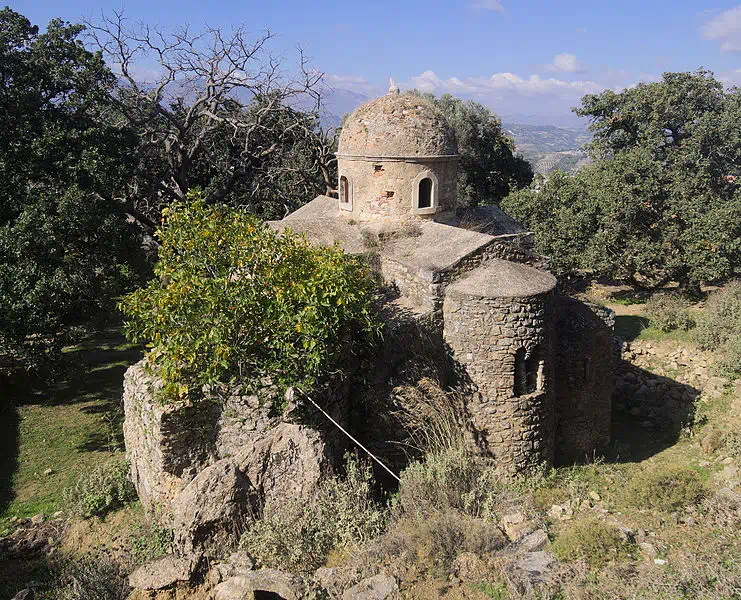
The Church of Agios Ioannis (Saint John) Rigologos at Roukani, Heraklion, is a noteworthy Byzantine church (Geotour map), celebrated for its well-preserved architecture and historical significance. The church is dated back to the 11th century, a period of cultural and artistic flourishing in Crete under Byzantine rule.
Agios Ioannis (Saint John) Rigologos
On August 29th, Greek tradition honors Saint John the Baptist, also known by various other names such as Rigologos (the Dew-Bringer), Nisteftis (the Faster), Thermastis (the Heater), and Kryaditis (the Cold-Bringer). This day is filled with folk beliefs and customs that have been preserved through generations, demonstrating the people’s love and respect for the Saint.
John, also known as the Prophet and the Fasting Saint, met his death when Salome, the daughter of Herodias, requested his head as a gift, at the urging of her mother. John’s harsh criticism of the ruler Herod Antipas’s unlawful cohabitation with Herodias had deeply offended the court, leading to his tragic murder. The memory of John the Baptist is honored with a strict fast, and his iconography often depicts him holding his own head.
Architectural Style
The church is an excellent representation of the cross-in-square architectural style, a characteristic feature of Byzantine church architecture. This design involves a central dome supported by four columns, creating a cross-shaped layout within a square or rectangular structure. The cross-in-square style became a prominent feature of Byzantine religious architecture during the Middle Byzantine period, symbolizing the intersection of the earthly and divine realms.
The Church of Agios Ioannis showcases the key elements of this style, including:
- Central Dome: The dome, a defining characteristic of Byzantine architecture, crowns the central bay of the church, representing the heavens and the divine presence.
- Four Columns: Four columns strategically placed support the dome, forming the arms of the cross within the square structure.
- Cross-Shaped Layout: The arrangement of the columns and the central dome creates a cross-shaped floor plan, symbolizing the crucifixion of Christ and the core tenets of Christianity.
- Pendentives: The transition from the square base to the circular dome is achieved through the use of pendentives, triangular concave sections that allow for a smooth and aesthetically pleasing transition.
The church’s exterior is adorned with blind arches, a decorative element often seen in Byzantine architecture, adding visual interest to the facade. The interior once housed frescoes, though only fragments remain today, offering a glimpse into the church’s rich artistic past. The church’s construction, particularly its intricate cross-in-square design with a dome, suggests the involvement of skilled architects, possibly from Constantinople, the capital of the Byzantine Empire at the time.
Historical Context
The construction of the church in the 11th century coincides with a period of relative stability and prosperity for Crete under Byzantine rule. The island’s recapture from the Arabs in 961 led to a revitalization of Byzantine culture and a renewed focus on religious architecture. The Church of Agios Ioannis stands as a witness to this architectural flourishing, reflecting the island’s close cultural and artistic ties with Constantinople, the capital of the Byzantine Empire at the time.
The presence of remnants of a Roman cistern and Venetian-era tombs within the church complex underscores the site’s continuous use and historical significance throughout different periods. A lead seal bearing the name of Andreas Roukanis, the abbot of the monastery, further attests to the site’s monastic past. This seal is currently on display at the Historical Museum of Crete, offering a tangible link to the church’s rich history.
Resemblance to other Churches
The Church of Agios Ioannis in Roukani shares architectural similarities with other churches built during the Middle Byzantine period in Crete, like the Church of Panagia (The Virgin Mary) in Fodele. Both churches exemplify the cross-in-square architectural style with a central dome supported by four columns. They also feature decorative elements such as blind arches on the exterior and remnants of frescoes in the interior. These similarities highlight the prevalence of this architectural style in Crete during the 11th century and the island’s close artistic connections with Constantinople.
Significance
The Church of Agios Ioannis Rigologos holds significant historical and cultural value for several reasons:
- Architectural Marvel: The church is considered one of the best-preserved examples of a cross-in-square church with a dome in Crete, offering valuable insights into Byzantine architectural practices and design principles.
- Historical Continuity: The archaeological findings in the vicinity of the church highlight the site’s continuous use and historical significance throughout different periods, from the Roman era to the Venetian period.
- Cultural Heritage: The church represents an important part of Crete’s rich cultural heritage, reflecting the island’s historical and artistic connections with the Byzantine Empire.
- Religious Center: The church continues to serve as a place of worship and a spiritual center for the local community, hosting annual celebrations and religious events.
Current State
Today, the Church of Agios Ioannis Rigologos remains an active church, serving the spiritual needs of the Roukani community. The church’s well-preserved architecture and historical significance attract visitors and researchers interested in Byzantine art and culture. The annual celebration of Agios Ioannis Rigologos, on August 29th, featuring a procession and traditional festivities, is a testament to the church’s enduring cultural and religious importance.
Additional Information (if available)
- Construction Period: 11th century
- Location: Roukani, Heraklion, Crete, Greece
- Dimensions: Information not provided in the reference text.
- Historical Significance: The church is one of the oldest and best-preserved Byzantine churches in Crete, showcasing the cross-in-square architectural style and reflecting the island’s cultural ties with Constantinople during the 11th century. The presence of archaeological findings from different periods further emphasizes the site’s historical significance.
- Current Status: The church remains an active place of worship and a cultural landmark, hosting annual celebrations and attracting visitors interested in Byzantine art and architecture.















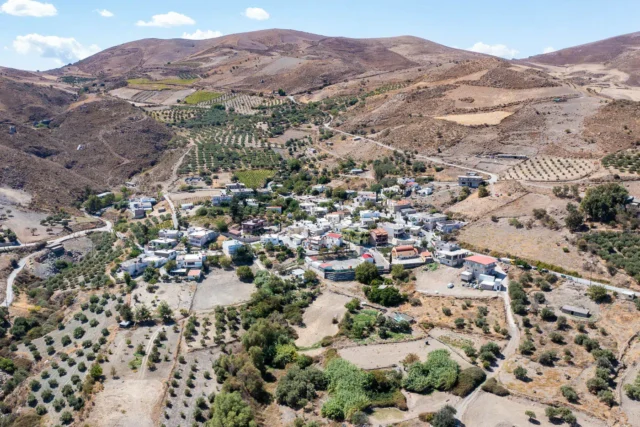

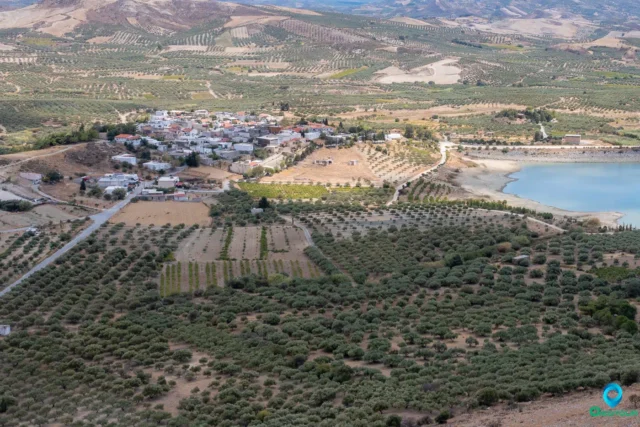
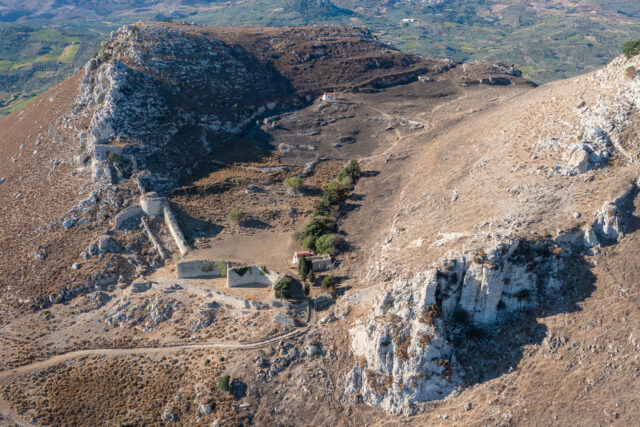
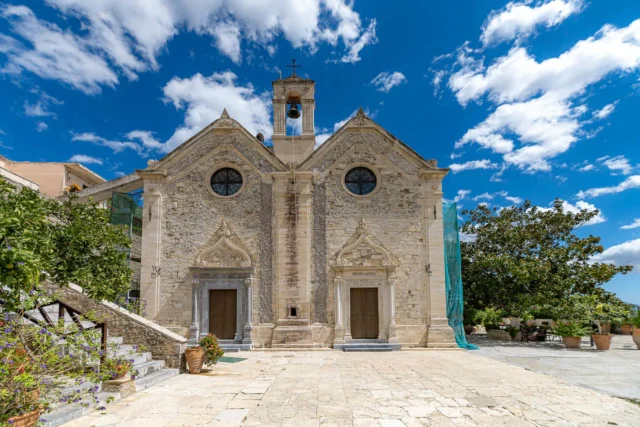
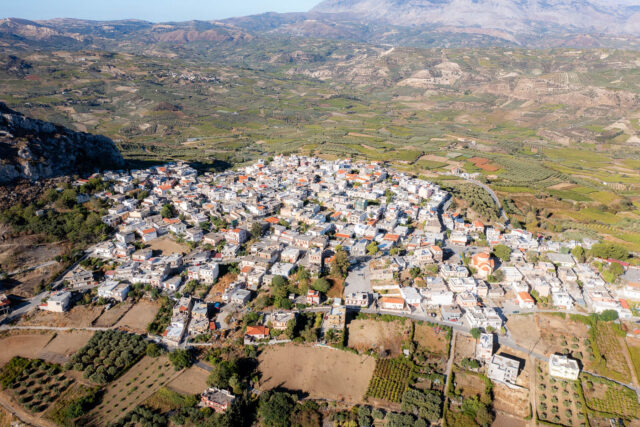

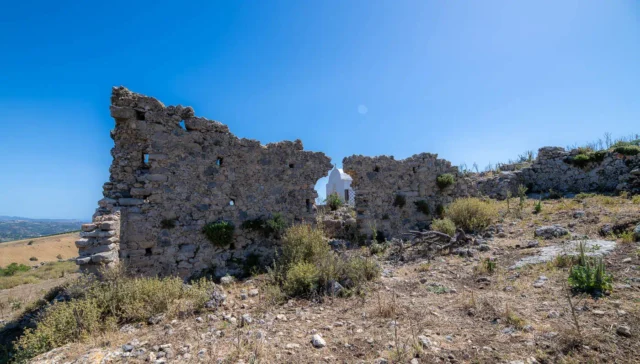


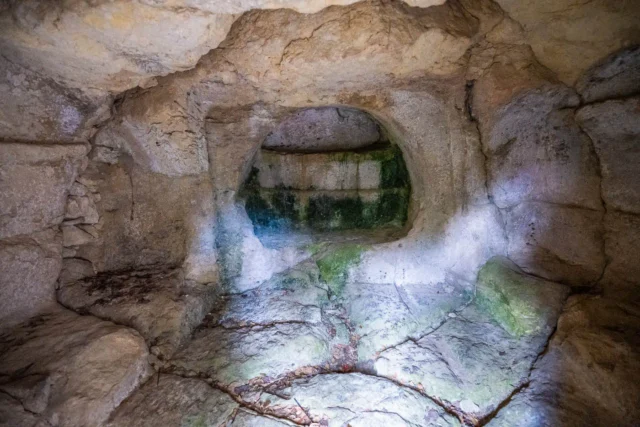

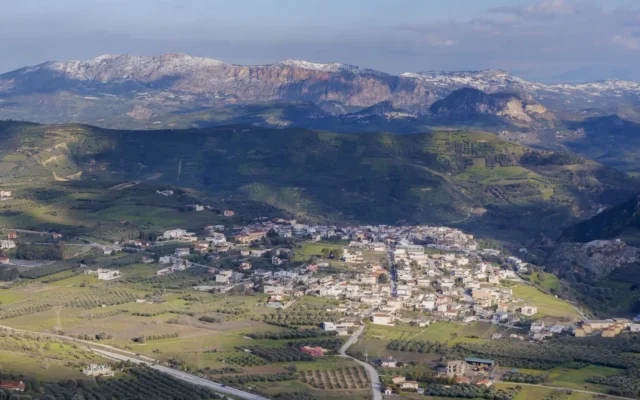

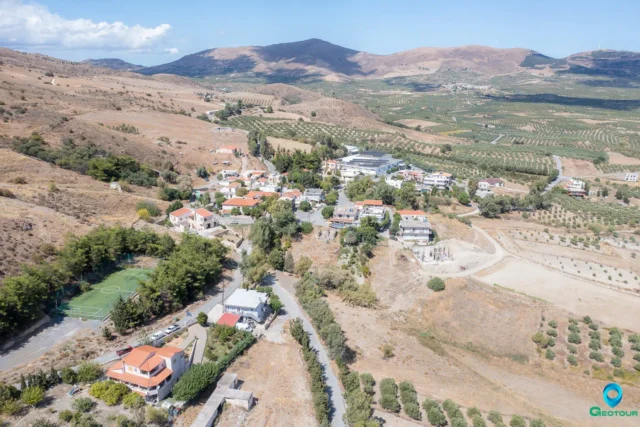


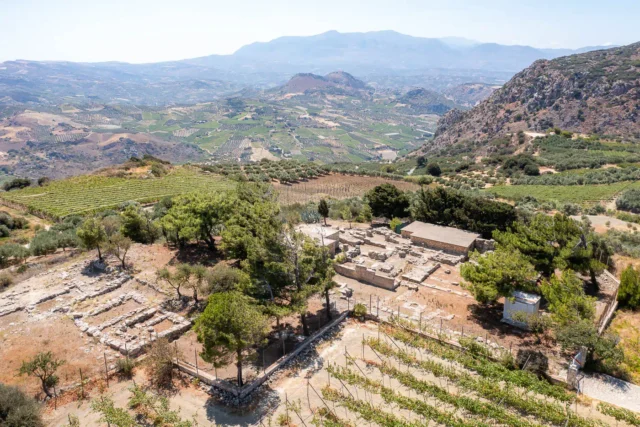
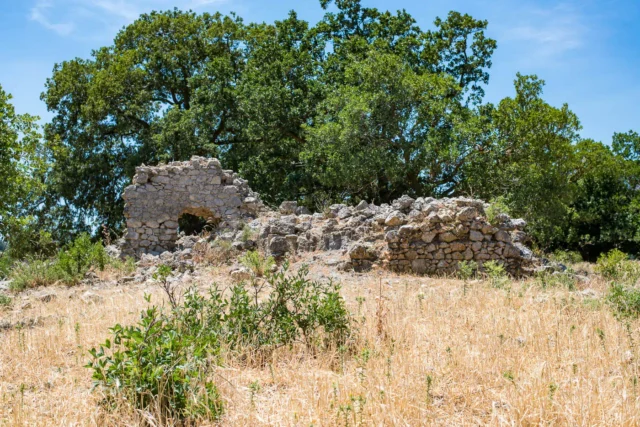
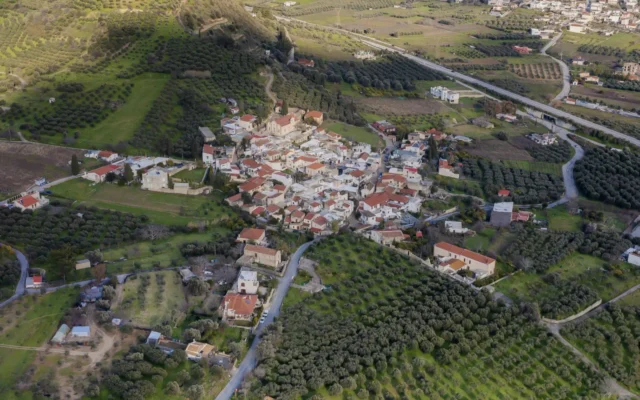

There are no comments yet.